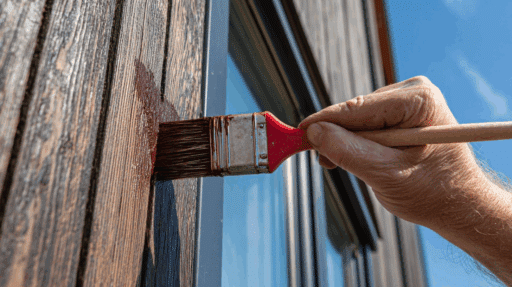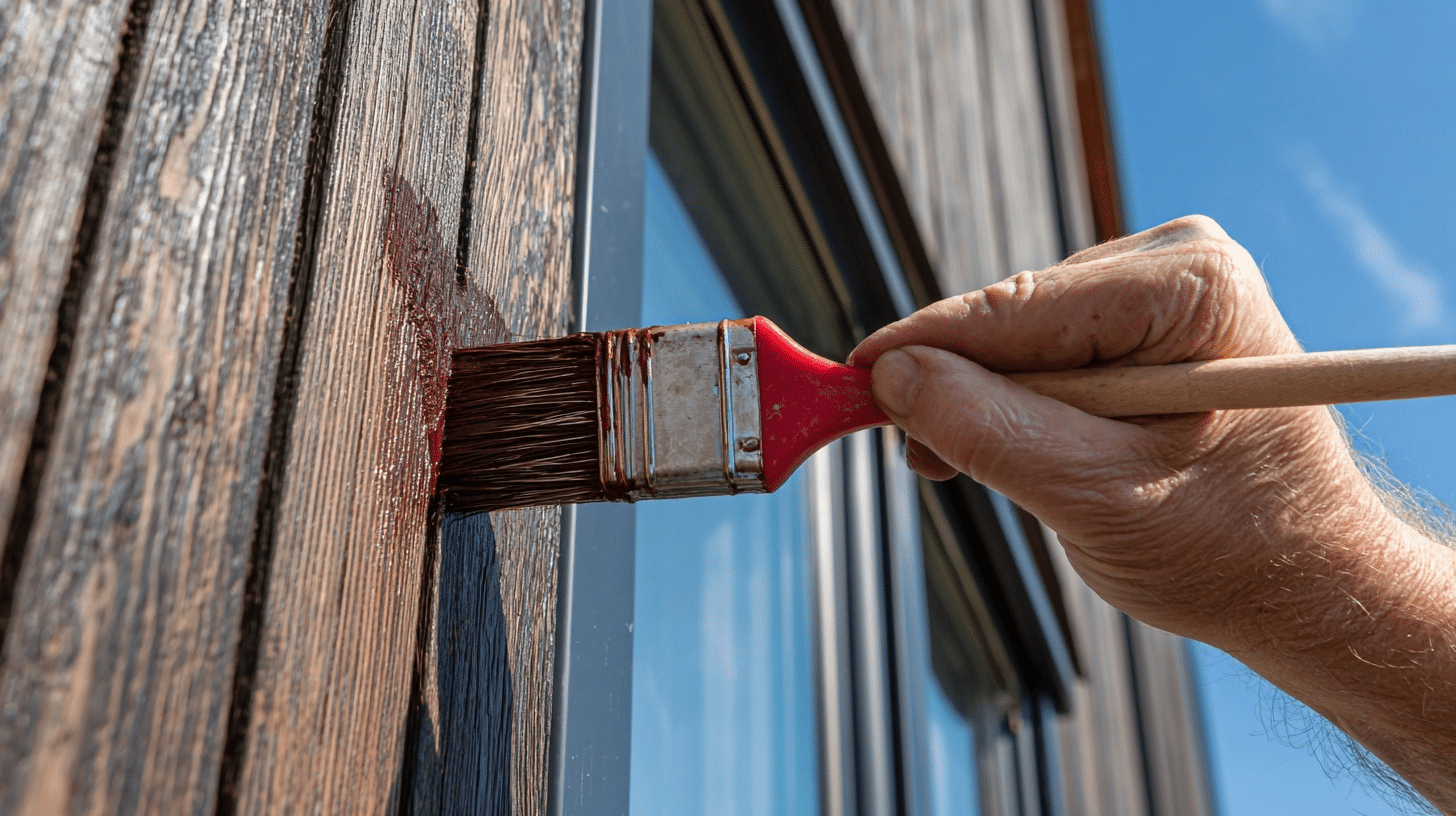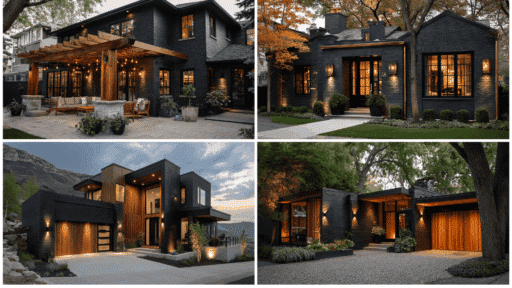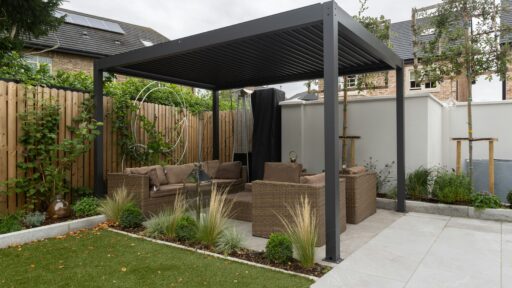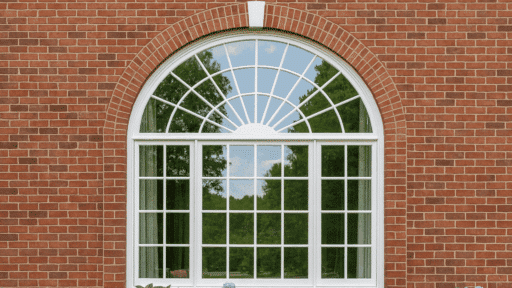I know how frustrating it can be when your wooden deck or fence starts looking worn and weathered.
You want to protect your investment, but choosing the right outdoor paint feels confusing with so many options available.
I’m here to help you make the best choice for your wood surfaces. After researching the top-performing outdoor paints and testing methods, I’ve learned what works and what doesn’t.
In this blog, I’ll walk you through the essential factors to consider when selecting outdoor wood paint. You’ll learn about the best outdoor paint for wood.
By the end, you’ll feel confident choosing paint that keeps your wood looking great for years
Why is Choosing the Best Exterior Paint for Wood Important?
Your wooden outdoor structures face a constant battle against nature. Rain, snow, UV rays, and temperature changes can cause serious damage if you don’t protect yourself properly.
I’ve seen too many people make costly mistakes with the wrong paint choice. Poor-quality paint peels within a year.
It leaves wood exposed to moisture, which leads to rot and decay. Then you’re looking at expensive repairs or complete replacements.
The right outdoor paint acts like armor for your wood. It blocks moisture penetration and prevents UV damage that causes cracking and fading. Quality paint also resists mildew and insects that love untreated wood.
When you choose wisely, your deck, fence, or siding can last decades instead of years. That saves you thousands in replacement costs and gives you peace of mind.
Key Factors Affecting Exterior Paint Durability
The following factors affect durability and help me decide which paint and preparation methods to use for the best protection.
1. Wood Type and Surface Preparation
The type of wood I’m painting strongly affects paint durability. Woods like oak or meranti are porous and absorb more paint, meaning I need a good primer and multiple coats.
Dimensionally stable wood that doesn’t expand or shrink much requires flexible paint to avoid cracking.
Also, sanding the wood before painting removes damaged fibers and improves adhesion, which enhances paint life significantly.
2. Climate and Weather Exposure
Weather conditions such as sun, rain, humidity, and temperature changes directly impact paint durability.
UV rays cause fading and breakdown, while moisture penetration leads to peeling or mold.
Using weather-resistant, UV-protective paint helps me combat these harsh effects and extend the life of my paint job even in extreme climates.
3. Paint Quality and Application
Choosing a high-quality exterior paint specifically formulated for wood and applying it correctly with the right number of coats and primer is crucial.
Poor application leads to early paint failure. I always make sure to apply paint under suitable temperature and humidity and follow the manufacturer’s instructions to maximize durability.
4. Wood Grain and Texture
The grain orientation and surface texture influence how paint bonds to wood. Vertical or edge-grain wood tends to hold paint longer due to less expansion compared to flat-grain wood.
Rough, saw-textured wood gives better paint adhesion than smooth surfaces, requiring fewer repairs and repainting over time.
5. Maintenance and Environmental Factors
Regular maintenance, like cleaning and touch-ups, helps prolong paint life. Environmental pollutants and physical wear can degrade paint faster.
I stay vigilant about protecting painted wood from damage and reapplying coatings as needed to keep the wood looking and performing well outdoors.
Types of Exterior Paint Formulations
Choosing the best outdoor paint for wood is essential to ensure long-lasting protection and maintain the wood’s natural beauty.
1. Acrylic Paint
Acrylic paint is my top choice for exterior wood because it offers superior durability and flexibility. It’s water-based, allowing the wood to breathe by letting moisture escape, which prevents peeling and blistering.
Plus, it’s environmentally friendly with low VOCs, and cleanup is easy with just water.
This makes it practical and safe for both me and the environment while providing excellent protection against UV rays and weather.
2. Oil-Based Paint
Oil-based, or glycerol paints, are known for their strong adhesion and maximum resistance to UV rays, weathering, and mold. I use them when I want a hard, glossy finish that lasts a long time, especially on doors or trim.
However, they have a longer drying time and a strong odor due to volatile organic compounds. Cleaning requires solvents like white spirit.
Despite their effectiveness, they’re less environmentally friendly and can sometimes flake since they aren’t microporous.
3. Alkyd Paint
Alkyd paints blend features of acrylic and oil-based formulations. Like acrylics, they are water-based and microporous, helping the wood breathe.
However, they contain synthetic resins, which can cause them to yellow over time and dry slowly.
I prefer alkyd paints when I want a finish easier to apply than pure oils, but with better durability than standard acrylics. Their balance of toughness and breathability makes them practical for various weather conditions.
4. Wood Stain and Varnish
Although not paints per se, I often consider wood stains and varnishes as exterior wood coatings. Stains add color while highlighting the wood’s natural grain and usually require a protective topcoat.
Varnishes provide a hard, glossy protective finish that is durable and waterproof.
They are great for preserving wood’s aesthetic and protecting against moisture, although they may require more frequent maintenance to keep wood sealed
Choosing the Right Exterior Paint Finish
Choosing the right exterior paint finish can significantly affect the durability, appearance, and maintenance of your home’s exterior.
Each finish offers unique benefits, from gloss levels to resistance to weather conditions.
| Finish Type | Sheen Level | Best For | Advantages | Disadvantages |
|---|---|---|---|---|
| Flat/Matte | No shine | Older homes, siding with imperfections | Hides flaws well, good coverage | Less durable, harder to clean |
| Eggshell | Low sheen | Siding, trim | Slight shine, good for moderate traffic areas | Slightly less durable than satin |
| Satin | Soft sheen | Doors, trim, siding | Easy to clean, durable, moisture-resistant | Highlights surface flaws more than flat/eggshell |
| Semi-Gloss | Noticeable shine | Doors, shutters, trim | Very durable, withstands moisture, and frequent cleaning | Shows imperfections clearly |
| Gloss/High-Gloss | Very shiny | Accent areas, decorative trim | Maximum durability, vibrant appearance | Highlights every imperfection, harder to apply evenly |
Recommendations: Best Outdoor Paint for Wood
The following are the best exterior house paints for wood, each with a detailed description based on my experience:
Sherwin-Williams SuperPaint
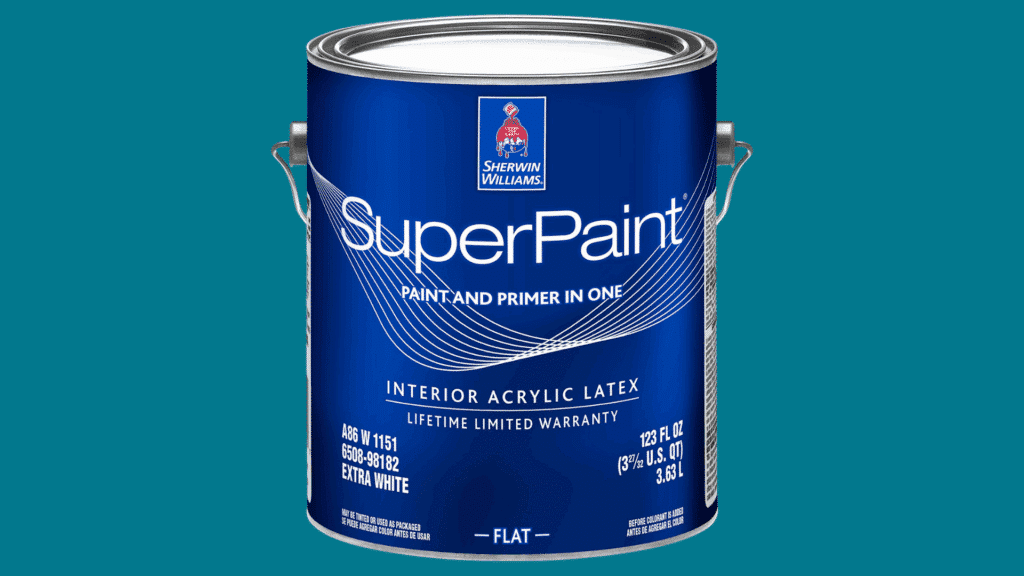
Sherwin-Williams SuperPaint is my top pick for outdoor wood thanks to its exceptional durability and smooth application. It lasts up to six years under harsh weather, making it ideal for fences, decks, and siding.
Johnstone’s Woodcare Garden Colors
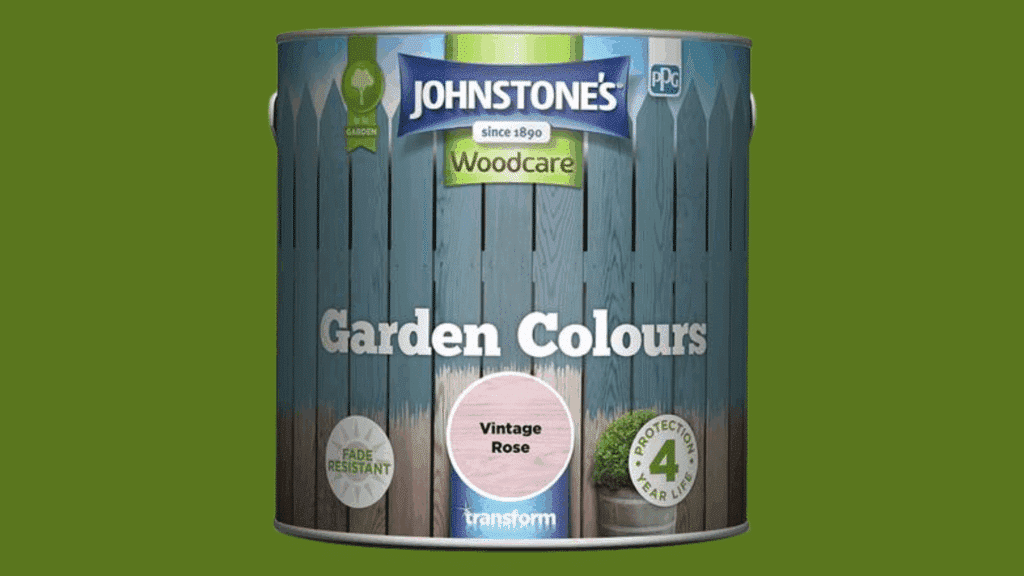
I love Johnstone’s Woodcare for garden wood like fences and furniture. Available in 19 colors, it delivers a fade-resistant, opaque matte finish that enhances natural wood beauty.
Rust-Oleum 2X Ultra Cover
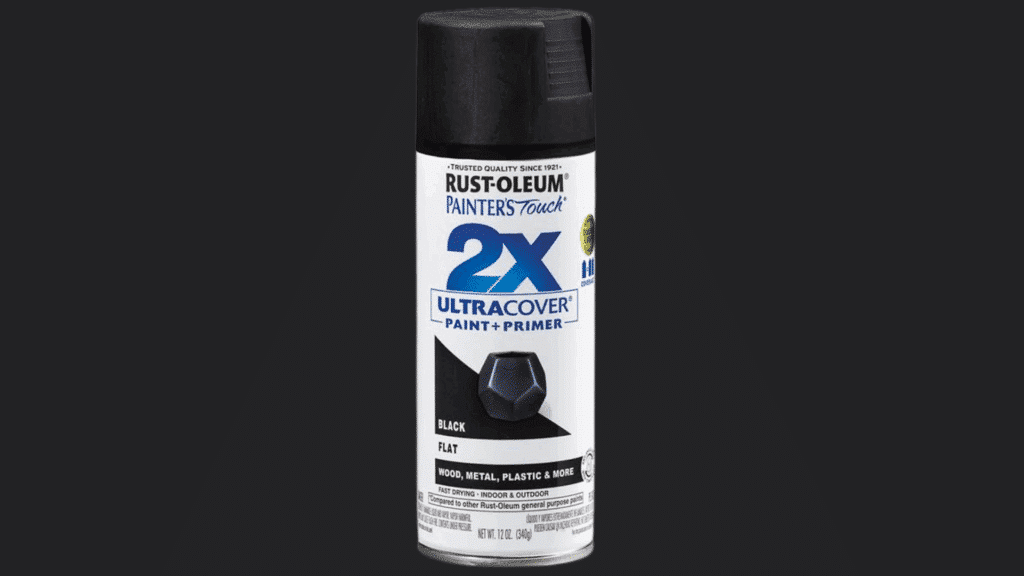
Rust-Oleum 2X Ultra Cover impressed me with its spray can convenience, fast drying, and great coverage. It works as both paint and primer, with UV resistance that keeps colors fresh outdoors.
KILZ Exterior Wood Paint
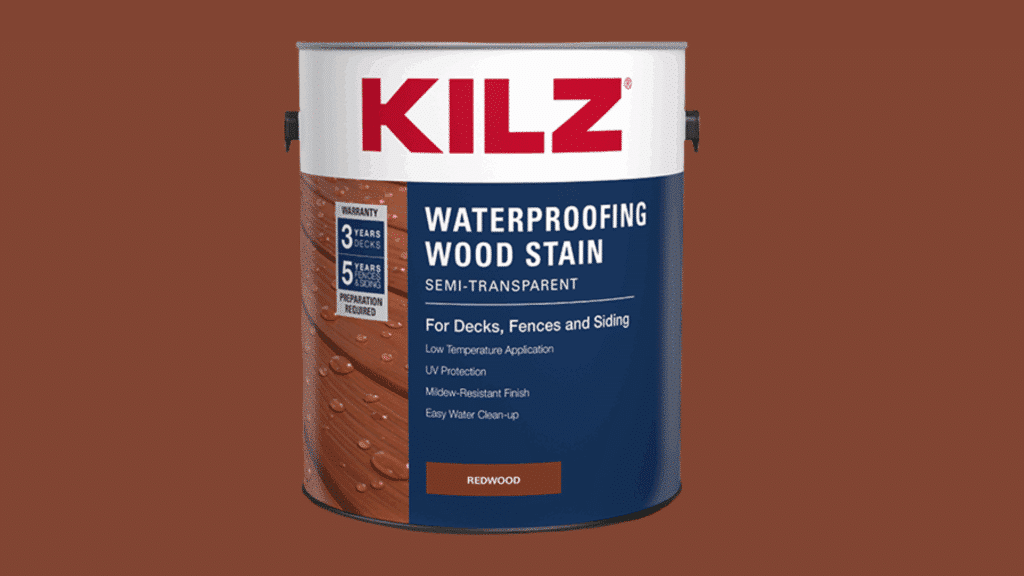
KILZ Exterior Wood Paint effectively resists moisture and UV rays, helping prevent peeling and cracking. KILZ paint is excellent for outdoor wood projects like porches and fences where a long-lasting finish matters.
Dulux Weathershield Exterior High Gloss
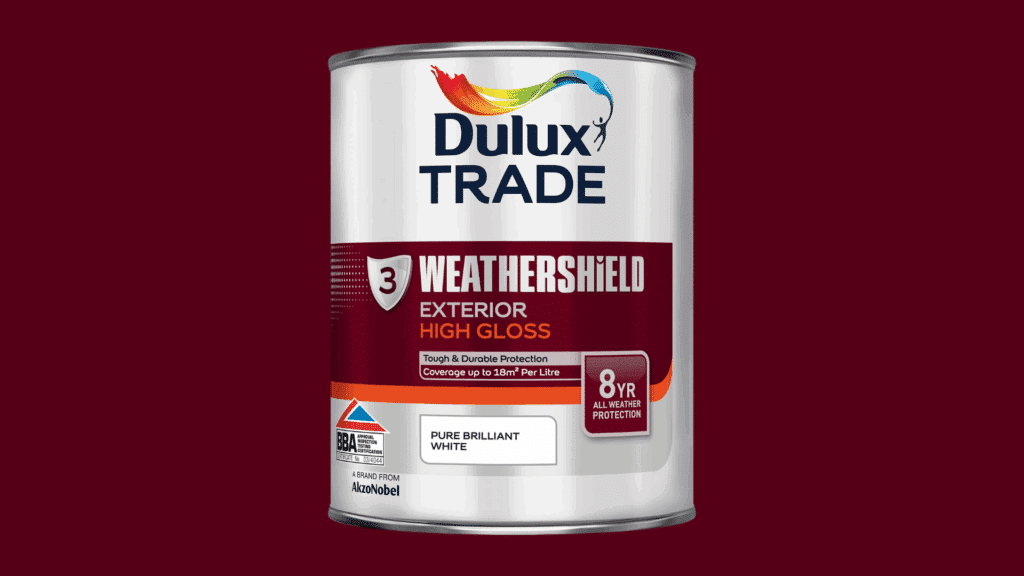
Dulux Weathershield is a top option if you want a glossy, weatherproof finish on doors or window frames. The paint handles extreme conditions while enhancing the wood’s look with a reflective, hard-wearing surface.
Cuprinol Garden Shades

I recommend Cuprinol Garden Shades for its color that lasts on wood outdoors. Its non-peeling finish and deep pigmentation give my garden wood a fresh, lively look that stands up to sun and rain.
Behr Premium Exterior Paint
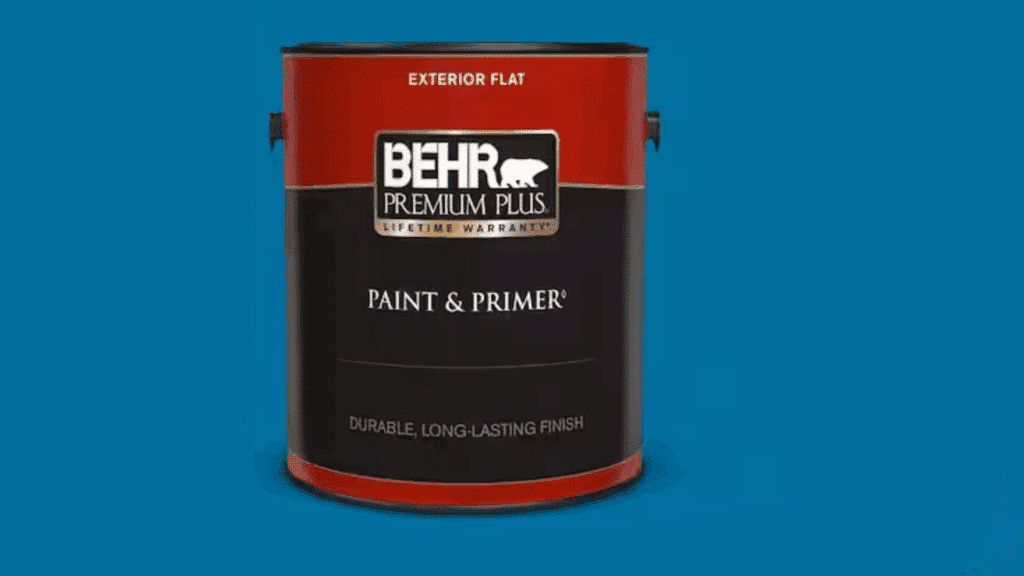
Behr Premium excels in adhesion and mildew resistance, making it reliable for outdoor wood projects in humid or rainy climates. It’s great for decks and fences needing long-lasting protection.
Rust-Oleum Painter’s Touch Latex Paint
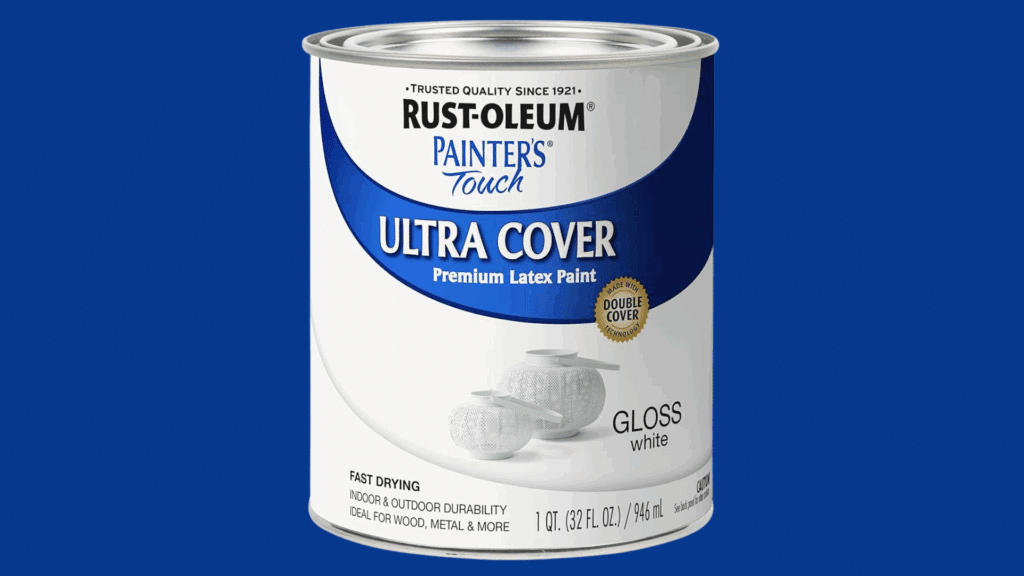
Rust-Oleum Painter’s Touch latex paint is an easy-to-use paint with fast drying and adequate durability for outdoor wood surfaces. I love its smooth finish and color range, plus it works well for upcycling garden furniture.
Liquid Rubber Textured Deck Coating

Liquid Rubber Textured Deck Coating is unique as it creates a slip-resistant, waterproof layer on wood decks. This paint excels in protection and durability, perfect for areas exposed to heavy foot traffic and moisture.
The Bottom Line
The best outdoor paint for wood protects your projects for a long time.
I’ve shared the key steps to help you make smart paint choices that last.
Remember, quality matters more than price when it comes to outdoor paint. Spend a little extra upfront and save yourself from repainting every few years.
Ready to change your outdoor space? Start by assessing your current wood condition and choosing a high-quality paint that matches your climate needs.

